 Locked Rooms Series: Mary Russell and Sherlock Holmes #8
Locked Rooms Series: Mary Russell and Sherlock Holmes #8 on June 21, 2005
Pages: 528
Purchase: Amazon
Add to Goodreads

Also in this series: Locked Rooms, Dreaming Spies, The Murder of Mary Russell, Riviera Gold, Mary Russell's War: And Other Stories of Suspense, The Lantern's Dance
En route to San Francisco to settle her family’s estate, Mary Russell, in the company of husband Sherlock Holmes, falls prey to troubling dreams—and even more troubling behavior. In 1906, when Mary was six, the city was devastated by a catastrophic earthquake. For years Mary has insisted she lived elsewhere at the time. But Holmes knows better.
Soon it is clear that whatever unpleasantness Mary wanted to forget hasn’t forgotten her. A series of mysterious deaths leads Russell and Holmes from the winding streets of Chinatown to the unspoken secrets of a parent’s marriage and the tragic “accident” that Mary alone survived. What Russell discovers is that even a forgotten past never dies . . . and it can kill again.
Review
NOTE: My original review, posted 11/06/2013, consisted of only the first paragraph below, more or less as it appears here. As you can see, I’ve added quite a bit to the review.
NOTE #2: I reread this novel for the 2019 POPSugar Challenge.
As much psychological novel as murder mystery, Locked Rooms alternates between the first-person narrative of Mary Russell and third-person sections telling the parts of the story which Mary could not, at the time, have known. This is important, for Mary in this book is a most unreliable narrator, her memory not so much faulty as suppressed. The death of Mary’s family in 1914 and the 1906 San Francisco earthquake are the twin foci of investigation, though Mary seems unaware for much of the novel that there is, indeed, anything to investigate. As a historical mystery, it is engrossing; as a psychological exploration into memory (and into the character of Mary Russell), it’s fascinating.
The story begins as Mary and Holmes leave India following the events described in The Game, skips over a stop in Japan (later revisited in detail in Dreaming Spies), and begins to unfold as they reach San Francisco, covering events both present and past: in 1906, at the time of the earthquake, and in 1914, when Mary’s parents and brother were killed in a car crash, as well as the present 1920s. Events in all three timelines are crucial to putting the pieces of the puzzle together.
King’s use of both real-life and fictional figures in several of the Russell-Holmes books helps locate them in both a historical and a literary milieu. It’s also a lot of fun for the reader. In Locked Rooms, she introduces a real-life character into the narrative, in this case Dashiell Hammett, the writer and sometime Pinkerton detective. King wryly acknowledges the humor in this mingling of fiction and history in the following scene, made all the more delicious by King’s portrayal of Holmes as a historical character often mistaken for a fictional one:
Hammett’s eyes fell at last to the cigarette his fingers had made. He ran a tongue along the edge, pressed it, and as he lit a match his eyes came back to Holmes’. “You’re that Holmes, aren’t you? The detective.”
“I am, yes.”
“I always thought…”
“That I was a fictional character?”
“That maybe there’d been some…exaggerations.”
Holmes laughed aloud. “One of the inadvertent side-effects of Watson’s florid writing style coupled with Conan Doyle’s name is that Sherlock Holmes tends to be either wildly overestimated, or the other extreme, dismissed entirely as something of a joke. It used to infuriate me—Doyle’s a dangerously gullible lunatic—but apart from the blow to my ego, it’s actually remarkably convenient.”
“You don’t say,” Hammett responded, clearly taken aback at the idea of the flesh-and-blood man seated in his living-room being considered a piece of fiction. And no doubt wondering how he would feel, or someone to do the same to him.
I found at least one veiled allusion to The Maltese Falcon (which had not yet been written when Hammett encounters Holmes.) I suspect readers more familiar with Hammett’s oeuvre may spot additional references to his work, and King’s inclusion of Hammett in this book has made me curious to read Hammett’s works myself.
One of the things I find most interesting about Locked Rooms is Mary’s subconscious refusal to entertain even a remote possibility that there was anything suspicious about her family’s deaths, or to see any link between past and current events (the death of two family servants, a break-in at her family’s home, and two possible attempts on her life) as related to those deaths. It is completely unlike the usually rational, observant and insightful Mary to be so willfully blind. And yet, because we are privy to her thoughts, we know that her refusal to see isn’t a conscious decision. Indeed, she seems largely unaware that she is acting out of character.
Hence the importance of the third-person limited sections of the book, which both follow Holmes’s side of the investigation and give us a window into his thoughts and feelings—primarily worry over Mary’s health and safety. Once or twice, the third-person POV shifts briefly to Hammett, but only to throw Holmes’s actions into greater relief. This was the first of the Mary Russell series to employ a split narrative and multiple points of view, and the tactic took me by surprise the first time I read the book. Generally, King prefers to stick to a single, first-person POV in the Mary Russell books*, but there are times when that simply doesn’t work, and this is one. Because of Mary’s blindness, we need Holmes’s more rational, analytical point of view as well as the clues he unearths. Taking the additional step back into third person for the Holmes sections helps distinguish the two narrative voices as well as maintains the detachment for which Holmes is famous, despite his obvious emotional involvement (which, to his credit, he freely acknowledges to himself.)
As the only full-length Russell & Holmes story set in North America, I enjoy the way the novel brings early-20th-century San Francisco to life. King’s ability to set a scene is one of her strengths, and she employs it here to envisage both the 1920s city and the days immediately following the earthquake. I also appreciate the respect with which she depicts other cultures: in this case, Chinatown and its residents. It’s a respect shared by both her main characters, which in Holmes’s case is perhaps a departure from Doyle’s creation. Of course, Miss Russell (the putative author of these tales) would no doubt claim that any appearance of prejudice in the original stories may be attributed to Dr. Watson’s writing, or even Mr. Conan Doyle’s editing. Although such an attitude of respect may appear anachronistic, it’s also appealing to the modern reader, who might be more than a little uncomfortable if Russell and Holmes displayed the racial intolerance that was commonplace in their era.
In short, although in several ways Locked Rooms is atypical of the Mary Russell novels, with its dual points of view and Mary’s uncharacteristic behavior, it remains one of my favorites for the ways in which it broadens our understanding of both Russell and Holmes, and sheds light on Mary’s past. I highly recommend it—though not as a starting point for the series. For that, I suggest you begin at the beginning with The Beekeeper’s Apprentice.
*King continues to use the dual-narrative framework in some of her subsequent novels, notably The Language of Bees, The God of the Hive, Garment of Shadows, and The Murder of Mary Russell.
Reading this book contributed to these challenges:
- POPSUGAR Reading Challenge 2019


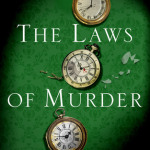








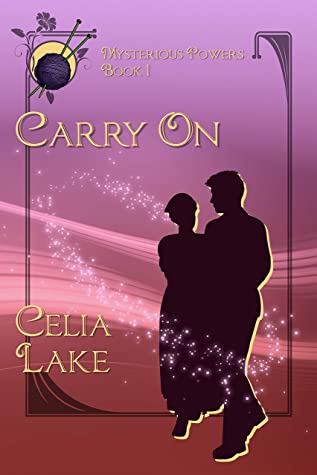

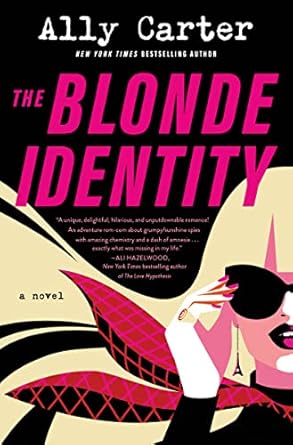

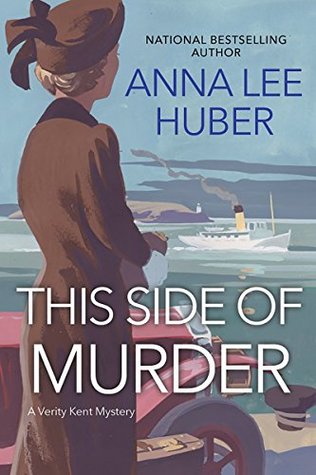


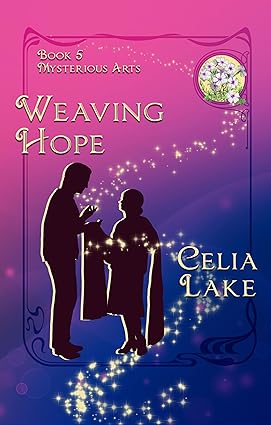
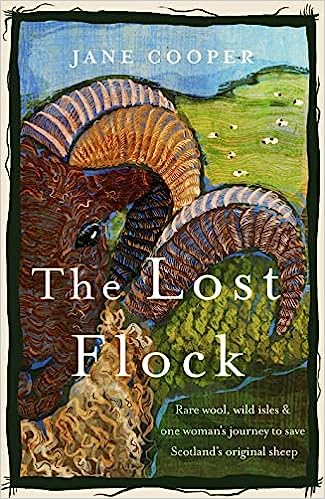
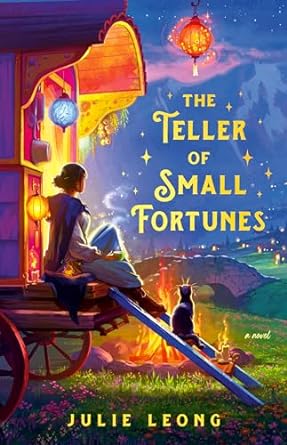
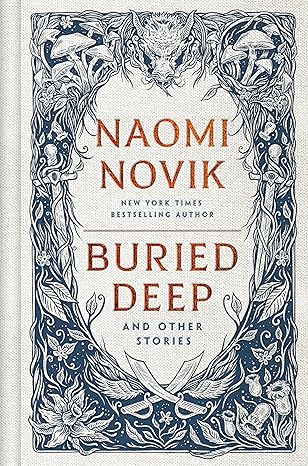
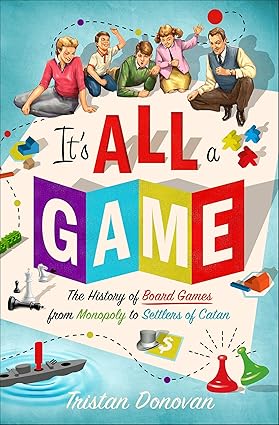
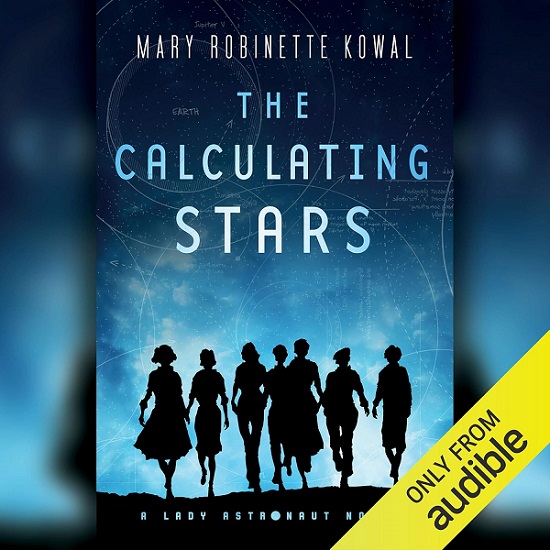
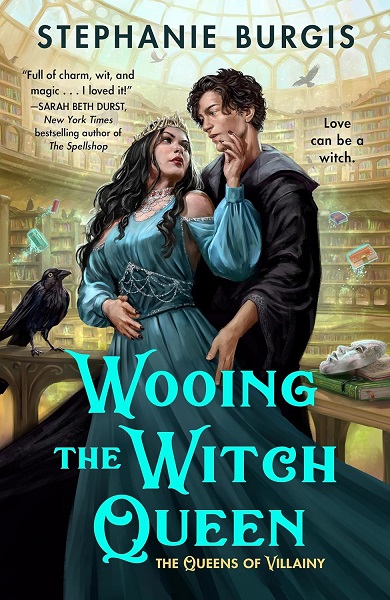
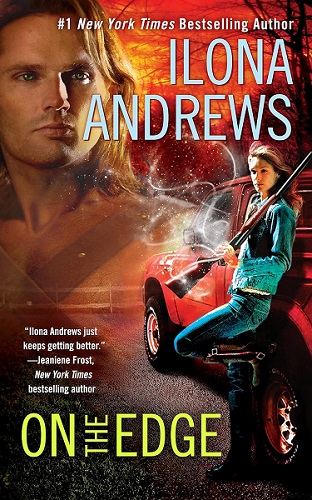
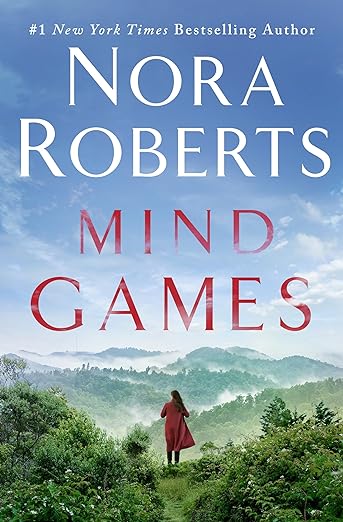
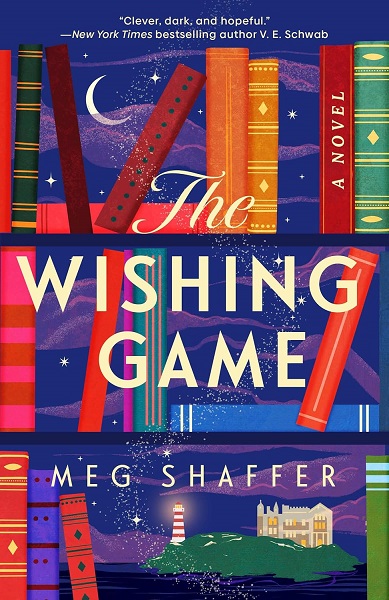

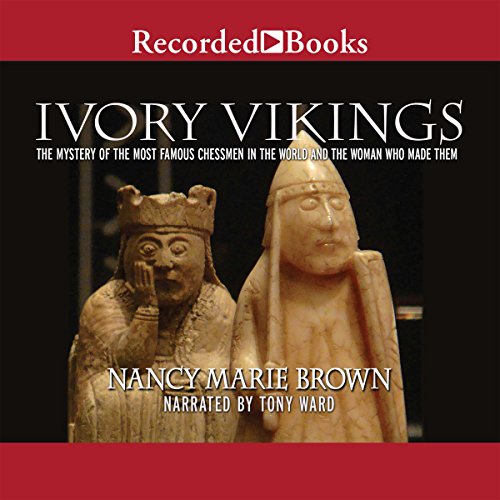

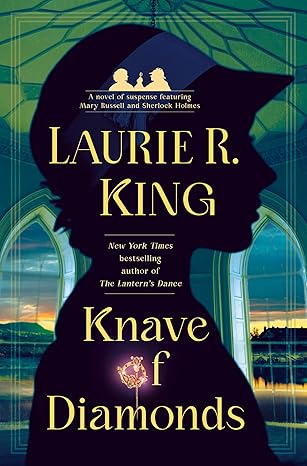






Katherine @ I Wish I Lived in a Library
I remember really loving this one but other than that I remember nothing about it. You have me intrigued! I’d love to go back and reread this whole series! There’s so much detail!
Katherine @ I Wish I Lived in a Library recently posted…This Week in Reading – August 13
Lark_Bookwyrm
It’s such a good series! I tend to reread it every few years, which means I’ve read the early ones a bunch of times, the later ones not as many. I’ve been doing a slow re-read since I was sick in March. I’m through #10 (The God of the Hive) and debating skipping The Pirate King, which didn’t really do much for me… though sometimes I like things better the second time through, so perhaps I should try it again.